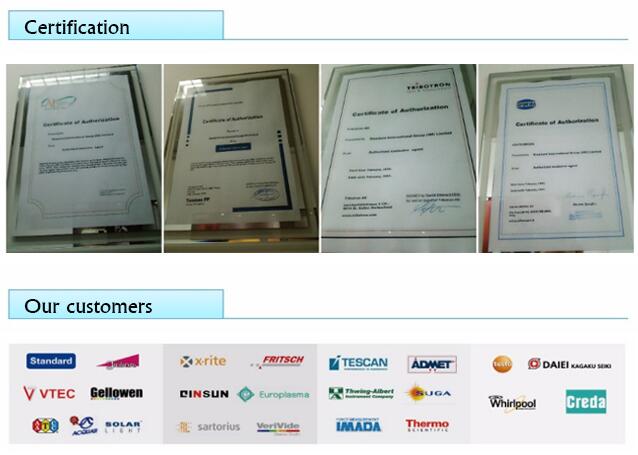
NewsInformation Center
Principles of several common gas-phase detectors
2021/11/11
The detector is the core component of the chromatographic instrument. It is sensitive to the characteristic electrical signal of the substance and directly determines the accuracy and performance of the detector of the chromatographic instrument. Common detectors are:
TCD thermal conductivity cell detector
FID flame ionization detector
AID Argon Ionization Detector
ECD photoionization detector
FPD flame photometric detector
NPD electric heating nitrogen and phosphorus detector
PID photoionization detector
MSD Mass Detector
AED atomic emission detector
According to the relationship between signal and substance characteristic r, it can be divided into: concentration type detector and mass type detector
According to whether the detection is destructive, it can be divided into: destructive detector and non-destructive detector
Principle of thermal conductivity cell detector


– Consists of a thermal conductivity cell and a detection circuit. The lower part is the schematic diagram of the connection between the TCD and the sampler and the chromatographic column. The upper part is the Wheatstone bridge detection circuit. The carrier gas flows through the reference cell cavity, the sampler, and the chromatographic column. In the figure, R1 and R2 are fixed resistors; R3 and R4 are the measuring arm and the reference hot wire. When only the carrier gas passes through the measuring arm and the reference arm, since the gas composition of the two arms is the same, the heat conduction from the hot wire to the pool arm Equal, so the temperature of the hot wire remains constant; the resistance of the hot wire is a function of temperature; the resistance does not change at the same temperature; at this time, the bridge balance R1*R3=R2*R4, no signal output, when the sample flows through Column separation, when the sample components flowing out from behind the column enter the measuring arm, because the gas is a mixture of carrier gas and sample components at this time, its thermal conductivity is different from that of pure carrier gas, and the heat transferred from the hot wire to the cell arm is also It is different, which causes the difference in the temperature of the heating wire of the two arms, which makes the resistance value of the heating wire of the two arms distorted, the balance of the bridge is broken, and the output signal; FID uses
As an ionization source, the hydrogen flame is a detector that ionizes organic matter and generates a micro current. It is one of many gas-phase ionization detectors, and is a destructive and typical mass-type detector. The main component of the hydrogen flame ionization detector is a shell ion chamber made of stainless steel. The ion chamber consists of a collector electrode, a polarization electrode, a gas inlet and a flame nozzle group. The performance of the FID depends on the ionization efficiency and the collection efficiency. The ionization efficiency is mainly related to the ratio of hydrogen to air, and the collection efficiency is related to the structure of the FID and the concentration of the sample
Previous: What are the components of Touch and Close Fasteners Fatigue Tester
N e x t : Analysis of market prospect of OMS-LN Ozone Weather Meter



